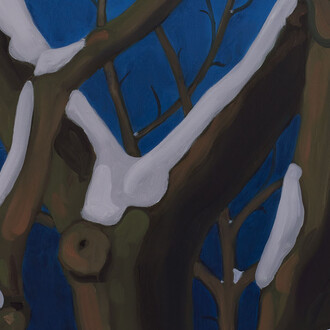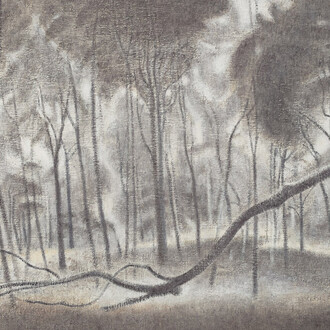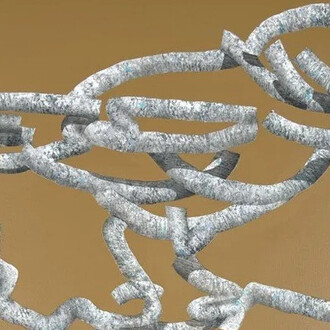Bones are rigid organs that form part of the endoskeleton of vertebrates. They function to move, support, and protect the various organs of the body, produce red and white blood cells and store minerals. Bone tissue is a type of dense connective tissue.
Bones have a complex internal and external structure making them lightweight, yet strong and hard. One of the types of tissue that makes up bone is mineralized osseous tissue. This tissue gives bone rigidity and a honeycomb-like three-dimensional internal structure. Other types of tissue found in bones include marrow, endosteum, periosteum, nerves, blood vessels and cartilage.The skeleton is an animal’s internal support frame. This bony structure helps to protect the organs and aids in movement. Some animals have an internal skeleton. called an endoskeleton. Other animals possess a skeleton on the outside of their body called an exoskeleton.
Vertebrates are animals that possess a vertebral column or “backbone”. This, along with the rest of the animal’s skeleton, comprises a support frame for the body and helps to protect vital organs. Additionally, the skeleton allows for muscle and ligament attachment and aids in movement. Vertebrate animals include mammals, birds, reptiles, amphibians, and many species of fish.
Invertebrates are animals with no vertebral column or “backbone”. However, many invertebrates do have exoskeletons, a hard outer covering that helps with movement and protects the animal’s soft internal organs. There are millions of animal species with exoskeletons; including insects, arachnids, crustaceans, and snails.
Some animals, such as the armadillo or turtle, seem to have both exo and endoskeletons. However, both of these are true vertebrates with a backbone and internal skeleton. The shell of a turtle is simply a modified ribcage that exists on the outside of the body, while an armadillo’s shell consists of tiny osteoderms (boney skin). Both of these shells serve to protect internal organs.













